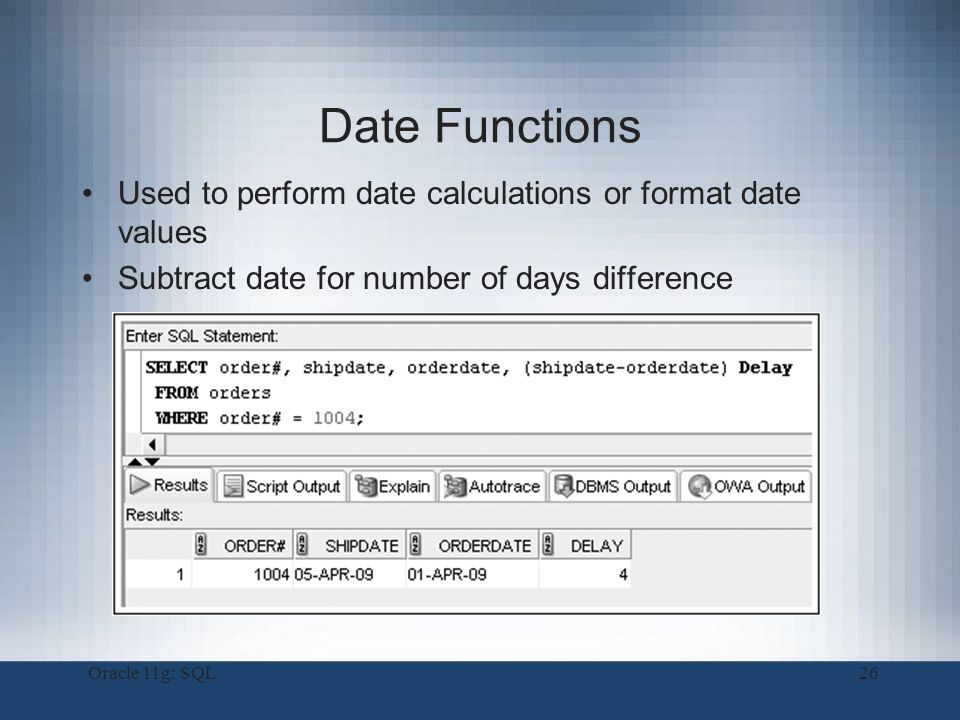

docker image ls lists all the downloaded images stored on your machine.docker pull downloads the specified image from Docker Hub.There are few commands to know when working with images: Most of the images are available on DockerHub: this is a library of official images of various types, from databases to frameworks, from operating systems to cache platforms. Do you remember snapshots from the VM world? Well, images are the same for containers: a set of instructions and file system layers that, when executed, allow your container to be alive. Images are the blueprints that contain all the information to run a container. You can refer to the Getting Started page on the project's website to know how to download and install it.īut, first, let me introduce the key concepts to know about Docker: images and containers. You've probably heard of Docker: it is an open-source project that allows developers to run, create and distribute unit of software in a standardized way it works with containers, that, simplifying a lot, are isolated applications with their own file systems and that can be run anywhere: think of them as VMs, but with a different and lighter underlying structure.įirst of all, you must install Docker on your machine.

First of all, I'll explain what is Docker and what it can do for us then we'll run MongoDB on a Docker container. Python Dictionaries Access Items Change Items Add Items Remove Items Loop Dictionaries Copy Dictionaries Nested Dictionaries Dictionary Methods Dictionary Exercise Python If.Else Python While Loops Python For Loops Python Functions Python Lambda Python Arrays Python Classes/Objects Python Inheritance Python Iterators Python Scope Python Modules Python Dates Python Math Python JSON Python RegEx Python PIP Python Try.In this article, I'm going to explain how you can try out the functionalities of MongoDB without installing it, but running it on a Docker container.


 0 kommentar(er)
0 kommentar(er)
